Recommended tours
Review & Earn Travel Money
At TripsPoint you have endless possibilities to earn TripsPoint Money - this is your Travel Money your can use to book you next tours and activities everywhere you go.
Here's Space For Everyone
New tours
We stand together! Support Ukraine against Russian aggression!

Find and read unique Travel Guides to travel destinations around
the world - plan your amazing trips with advise from local travel experts.
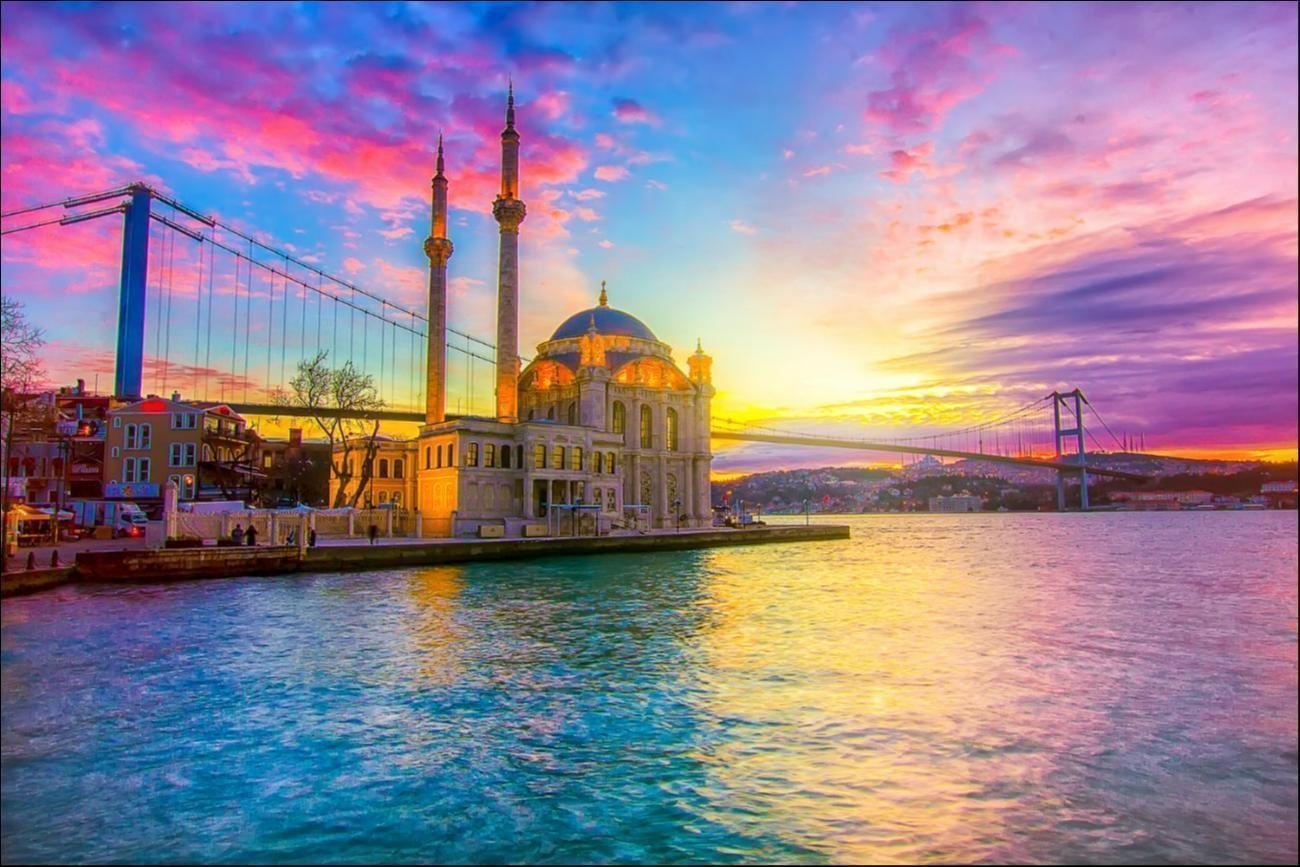
Things to do in Istanbul - The Ultimate List
Straddling the border between Europe and Asia, Istanbul has long been a city of great fascination to many a traveler. It is a city which has seen many civilizations make their home there throughout the centuries, and because of this has become a veritable treasure trove of exquisite historical buildings and fascinating attractions. To find out what you can expect from a trip here, check out this ultimate list of things to do in Istanbul.
One of the most popular things to do in Istanbul, the Hagia Sophia – like the city of Istanbul itself – has seen many transformations. This stunning religious building is almost 1,500 years old and both its exterior and interior are a feast for the eyes. Despite the age of the current Hagia Sophia, it is actually the third religious building to stand on the site. The building we see today was constructed in the 6th century, originally as a basilica. Throughout the years, the Hagia Sophia has been a Roman Catholic cathedral, an Orthodox cathedral, a mosque, and currently serves as a museum, although there have been suggestions that it should be turned back into a mosque by the current leader of Turkey.
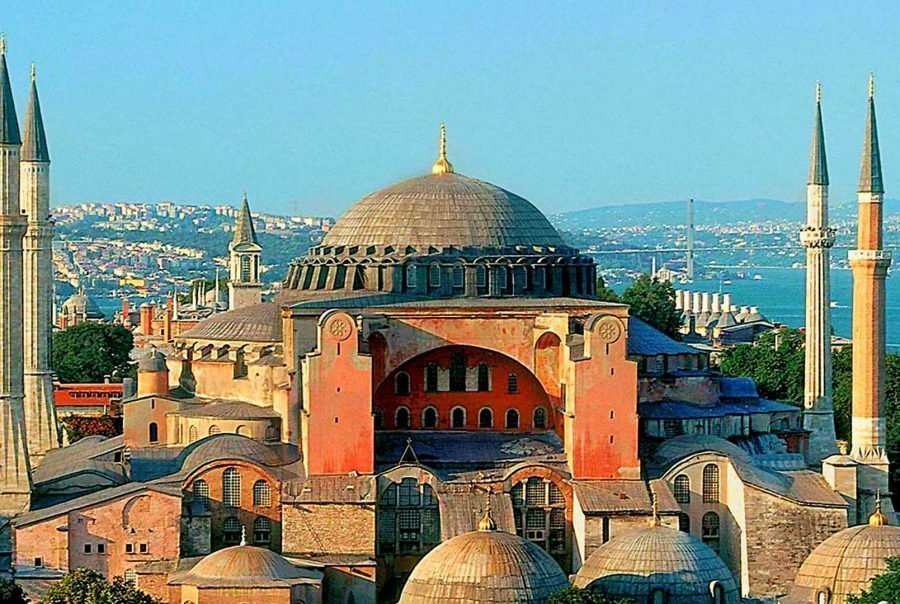
The Hagia Sophia takes enormous space, 75m long, 70m wide and 58m high. There is plenty to see inside, including exquisite mosaics and opulent decoration. The thing which astonishes visitors the most is the beautiful dome which is just as impressive on the inside as it is from the outside. The forty windows which are inserted into the dome create a startling effect; because of the way light enters the building, it gives the impression that the dome is hovering above.
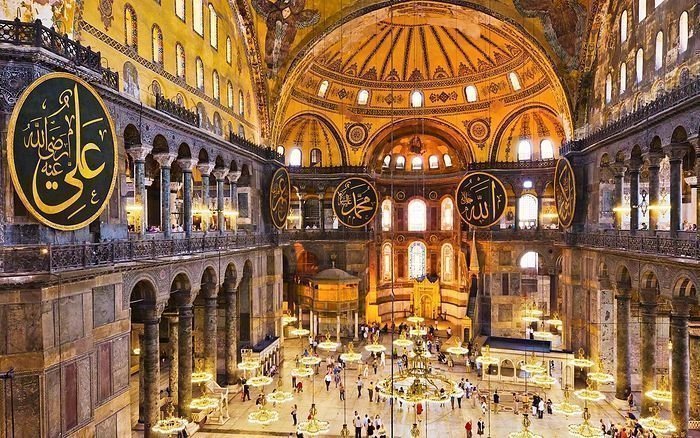
There are a number of highlights within the Hagia Sophia that you cannot miss. These include: the amazing mosaics in the Eastern wing which are an intriguing mix of Christian and Islamic artwork sitting side by side; the Weeping Column, which is said to have been blessed by St. Gregory the Miracle Worker – placing your finger in the hole is meant to cure you of any illness; the Ottoman tombs, featuring intricate tiling; and the Marble Door, one side of which is supposed to represent Heaven, and the other Hell.
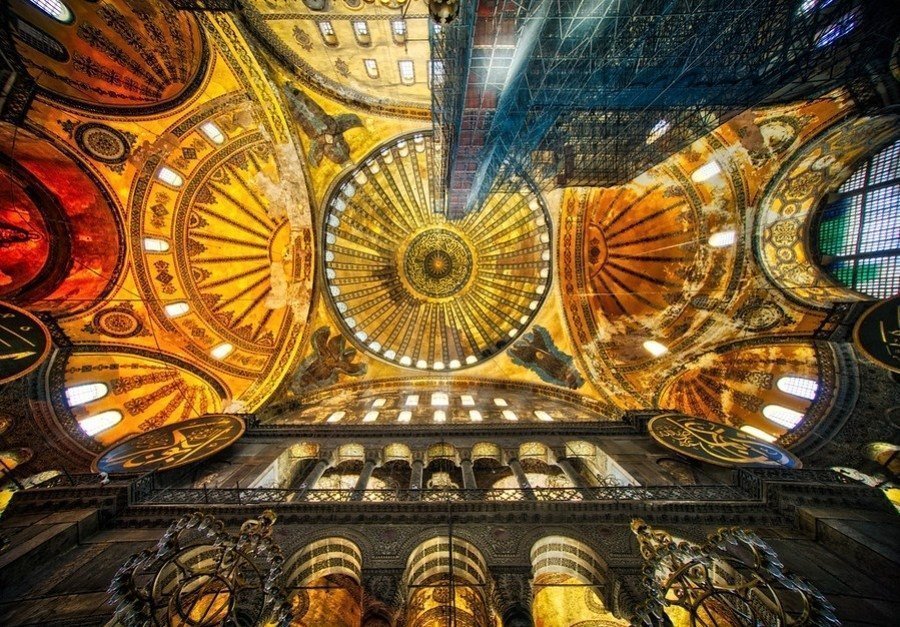
Because it is one of the most popular things to do in Istanbul, it is advisable to book a ticket online for your visit to jump the long queues which inevitably form. Alternatively, you can visit the Hagia Sophia as part of a tour, such as the Istanbul Classics tour available through TripsPoint.com.
Made internationally famous by the Dan Brown novel and subsequent movie Inferno, the Basilica Cistern is a large subterranean cistern dating back to the 6th century, located in the south-west of Hagia Sophia, which was initially designed as a water storage facility for the Great Palace and the surrounding buildings. It had the capacity to store up to 80,000 cubic meters of water which was delivered through 20 kilometers of aqueducts from a reservoir close to the Black Sea. Named Basilica due to its location under the Stoa Basilica, it was an important source of water until the Byzantine rulers moved from the Great Palace. The cistern then lay forgotten until the mid-16th century. However, after its rediscovery, the people at the time began using it as a dumping ground for rubbish and even dead bodies.
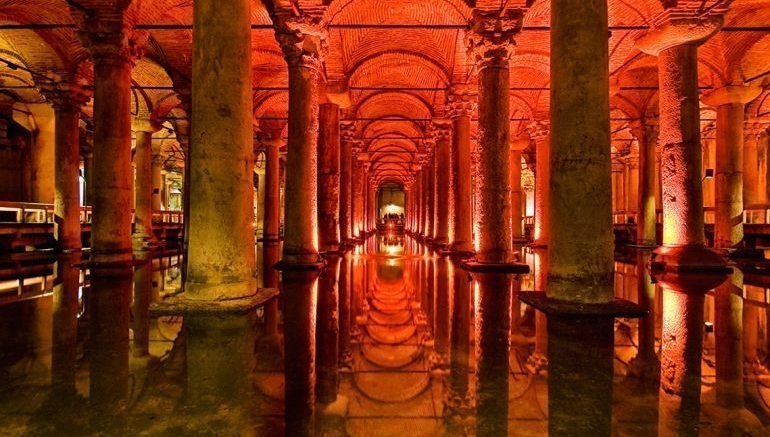
The Basilica Cistern was renovated in the mid-1980s and restored to its former glory. It is an absolutely striking building, with its hundreds of columns taken from various ruined temples in the city. One of the highlights are the two Medusa heads which sit upside down in the north-west corner of the cistern. While nobody knows where they come from, it is believed that they were taken from a late Roman building and brought here. It is a beautiful place to walk around and if you look closely you may even spot some carp swimming in the waters. Along with all the things to do in Istanbul, the Basilica Cistern is surely one of the most unusual and interesting.
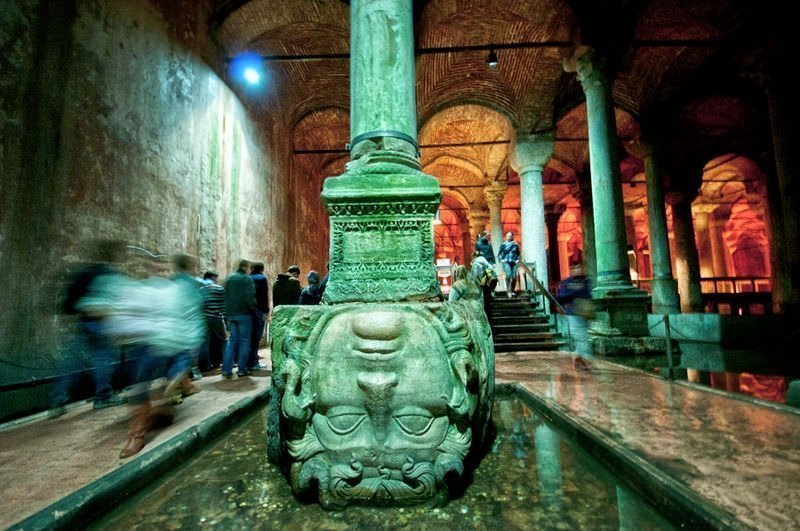
Concerts and plays are also performed in the Basilica Cistern and it is a wonderfully ambient space to take in a performance.
Another top highlight of things to do in Istanbul is the Blue Mosque. Its name may not make much sense when you are standing outside but will become clear once you enter. Located right next to the Hagia Sophia, the Blue Mosque – or Sultan Ahmed Mosque, to give it its proper name – was completed in the 17th century and is a fine mix of Islamic and Late Classical Ottoman architectural styles. From the outside, you can see five main domes surrounded by eight secondary ones, with six minarets flanking the sides. The fact that it has six minarets in itself is a fascinating feature; it is the only mosque in the country which does so.
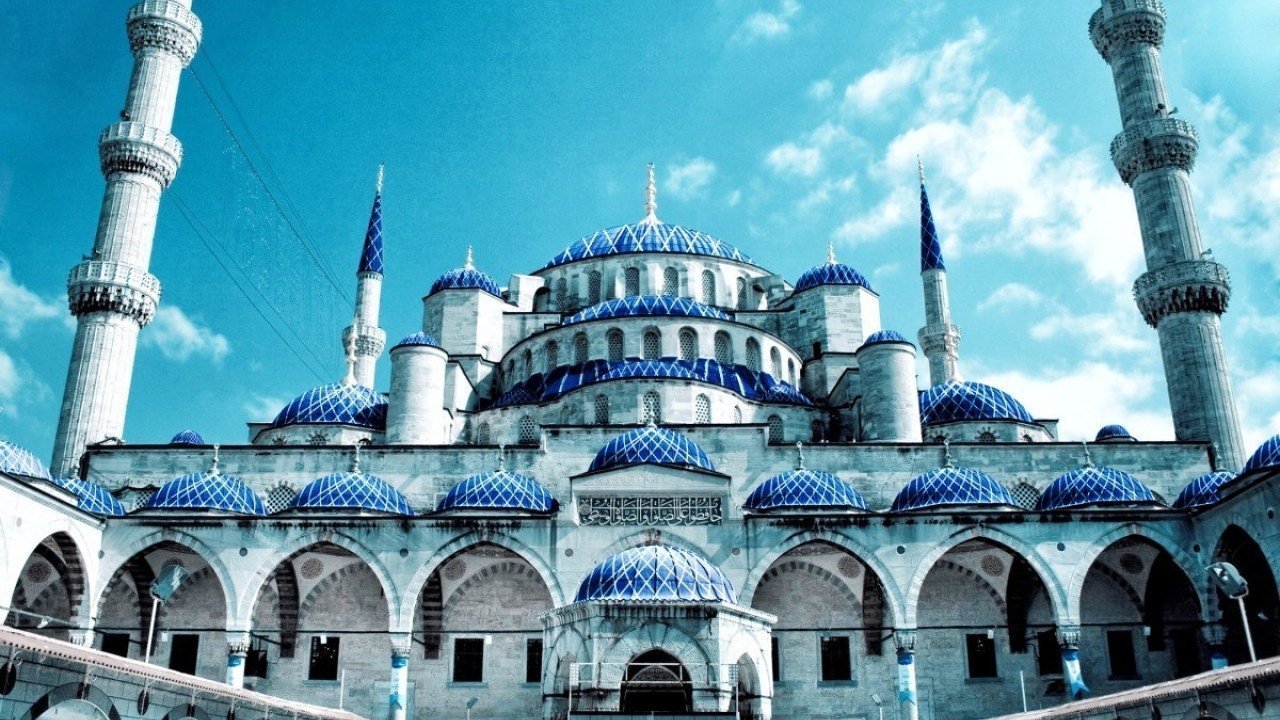
Once you get inside the Blue Mosque, the entire dome is covered in over 20,000 blue and white tiles, specifically placed so they represent a variety of flowers, such as lilies, tulips, and carnations. You should also check out the piece of sacred stone taken from Mecca which is housed inside the mosque.
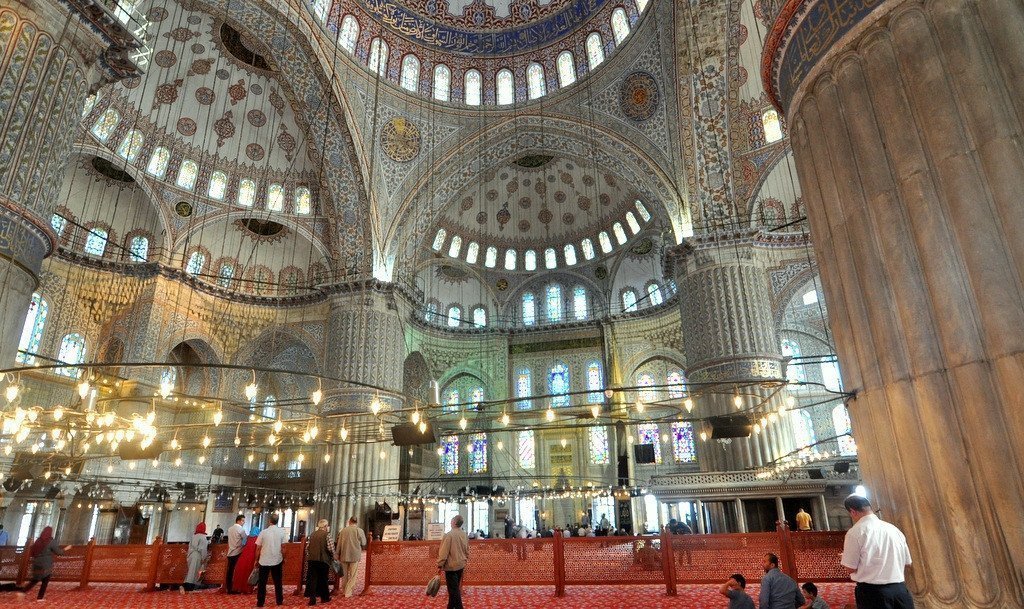
Unlike the Hagia Sophia, the Blue Mosque is currently a working mosque so it is best to arrange your visit so as not to coincide with the daily prayers when the mosque is closed to non-Muslims.
Back in the times of the Byzantine Empire, chariot racing was an extremely popular recreational activity and many would spend much time enjoying the races which could take place up to eight times a day. For the citizens of Istanbul, the Hippodrome was their favorite location for such events. Once the center of the city, the Hippodrome sadly no longer exists.
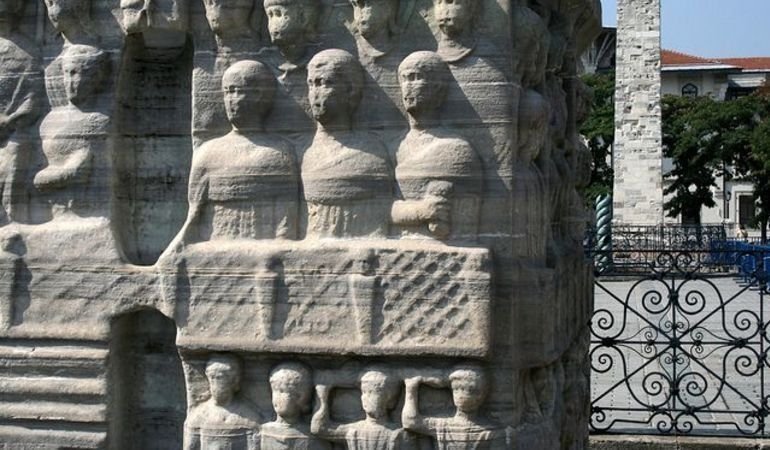
Nowadays, the site of the Hippodrome functions as a city square but there are still remnants of the ancient structure still visible to the public. Two obelisks, the Serpentine Column and the middle barrier of the racecourse known as the Spina all sit in holes within the landscaped gardens, and it is also possible to see paving stones which outline where the racetrack would have been; the actual track lies two meters below the ground.

Situated at the northern end of the Hippodrome is another of Istanbul’s treasures, the German Fountain. Built to commemorate the second anniversary of the visit of Kaiser Wilhelm II, the fountain was constructed by the German government as a gift to the city of Constantinople – as it was then known – in 1900. It is a stunning neo-Byzantine structure with an octagonal dome held up by eight marble columns. If you look up inside the dome, you will see that it is covered with beautiful golden mosaics.
Of all the stunning and fascinating things to do in Istanbul, you cannot miss a visit to Topkapi Palace. Built-in the 15th century, Topkapi Palace served as the main political center of the Ottoman Empire for two centuries from its construction. The palace is unusual in that during its 400-year stint as the most important royal and political palace in the city, each sultan who reigned during this time added a new hall or section to the palace. The palace we see today is a labyrinth of different buildings which surround a series of courtyards, each with their own gates.
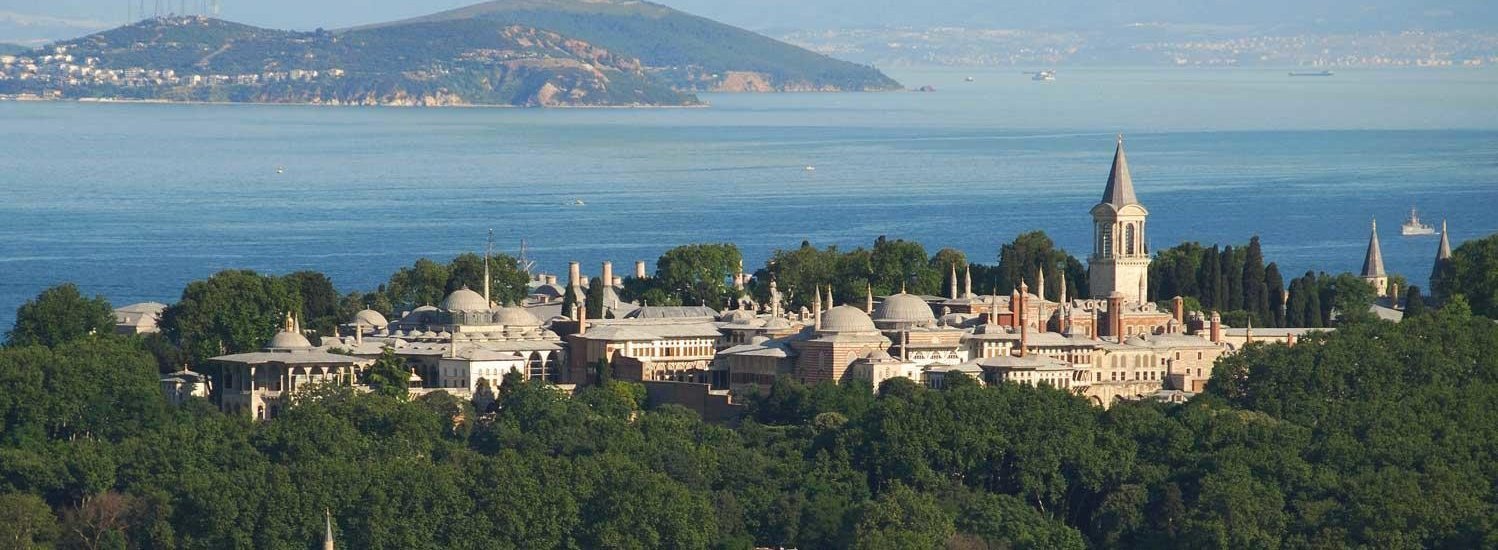
Topkapi Palace is split into five areas: the four courtyards and the harem. Around courtyard one, you will find the Imperial Gate, the Gate of Salutation and various churches. Courtyard two is also known as Council Square and is where you can see the Administrative Buildings, the domed chamber of the Imperial Council, the Outer Treasury and the Tower of Justice. The third court acts like the keep of a castle and is virtually impenetrable when the gates are closed; you can explore the Audience Hall, Library of Ahmet III and the Treasury Ward here. The terrace of the fourth court is known as the Marble Hall and the area surrounding it features a number of pavilions as well as the Circumcision Room.
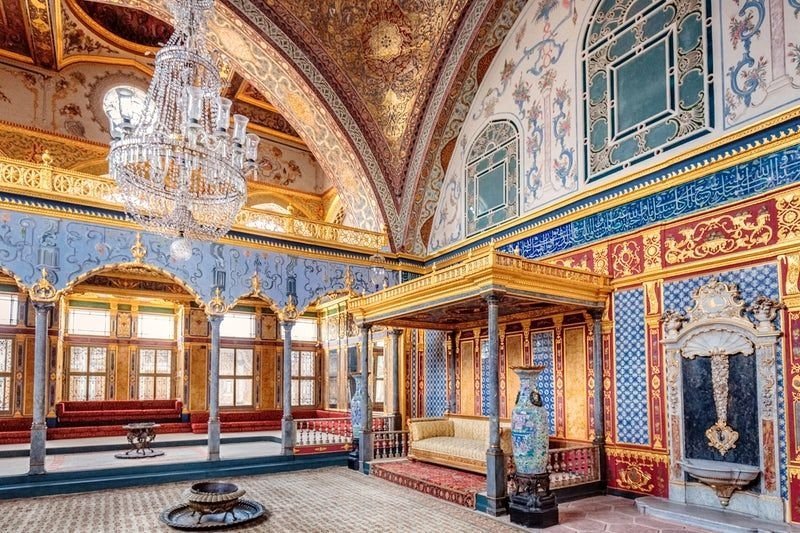
While the courtyards and their adjoining buildings are absolutely beautiful, it is the harem that most visitors come to see. It is here that the sultans lived with their families, and it is an amazing example of how architectural styles have merged over the centuries; you can see architectural styles from the 16th to the 19th centuries all reflected here.
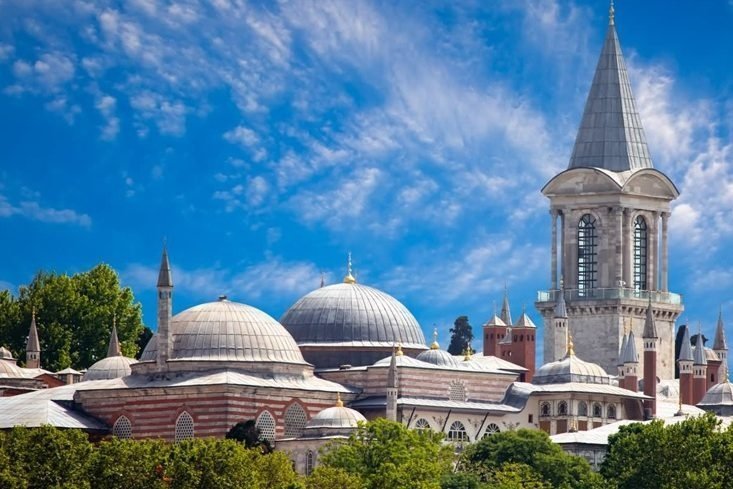
The palace also serves as a museum and there are plenty of interesting objects to see. There are huge collections of Chinese and Japanese porcelain, European porcelain and glass, arms and weapons, and silverware, as well as the Imperial Treasury here.
The Topkapi Palace complex is vast and it can take between four and five hours to see it in its entirety, so bear this in mind when you are planning your visit.
Of all the mosques in Istanbul, Suleymaniye Mosque may not be the largest but it is certainly a contender for the most beautiful. Built-in the Classical Ottoman style, Suleymaniye Mosque stands imposingly on one of the seven hills of the city overlooking the Golden Horn and contrasts splendidly with the new buildings which have popped up in more recent years.
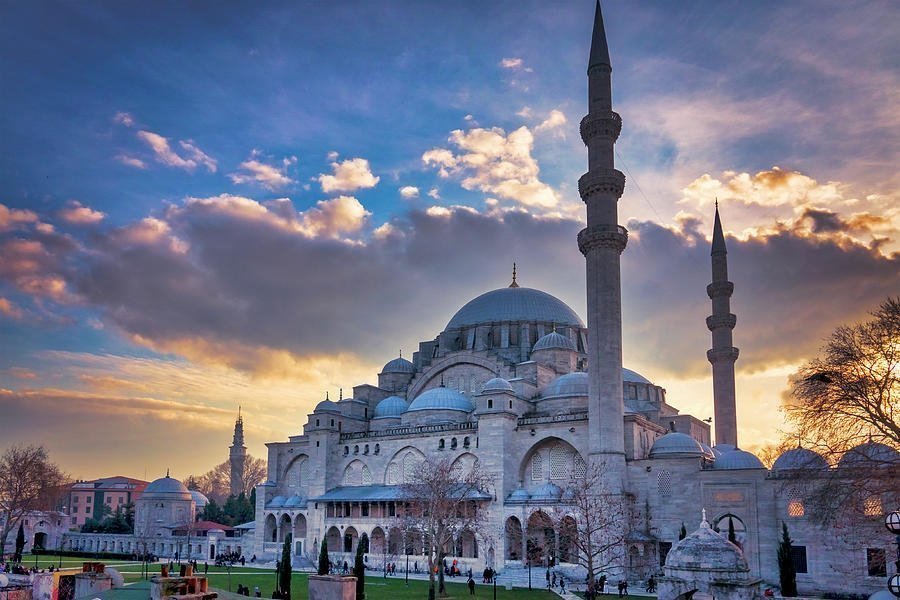
Compared with the Blue Mosque and Hagia Sophia, the interior of Suleymaniye Mosque is far more subtle in its decoration, composed mostly of white marble. However, there are splashes of color all around. At the tops of the marble columns are red and white striped arches, and bright artwork and calligraphic writing decorate the insides of the domes.
Just like the Blue Mosque, Suleymaniye is a working mosque and so will be closed at various points during the day for daily prayers.
Lovers of shopping will be delighted by a visit to the Grand Bazaar. The largest, and one of the oldest, bazaars in the world, there are supposedly over 4,000 stalls here selling everything you could possibly wish for and more.
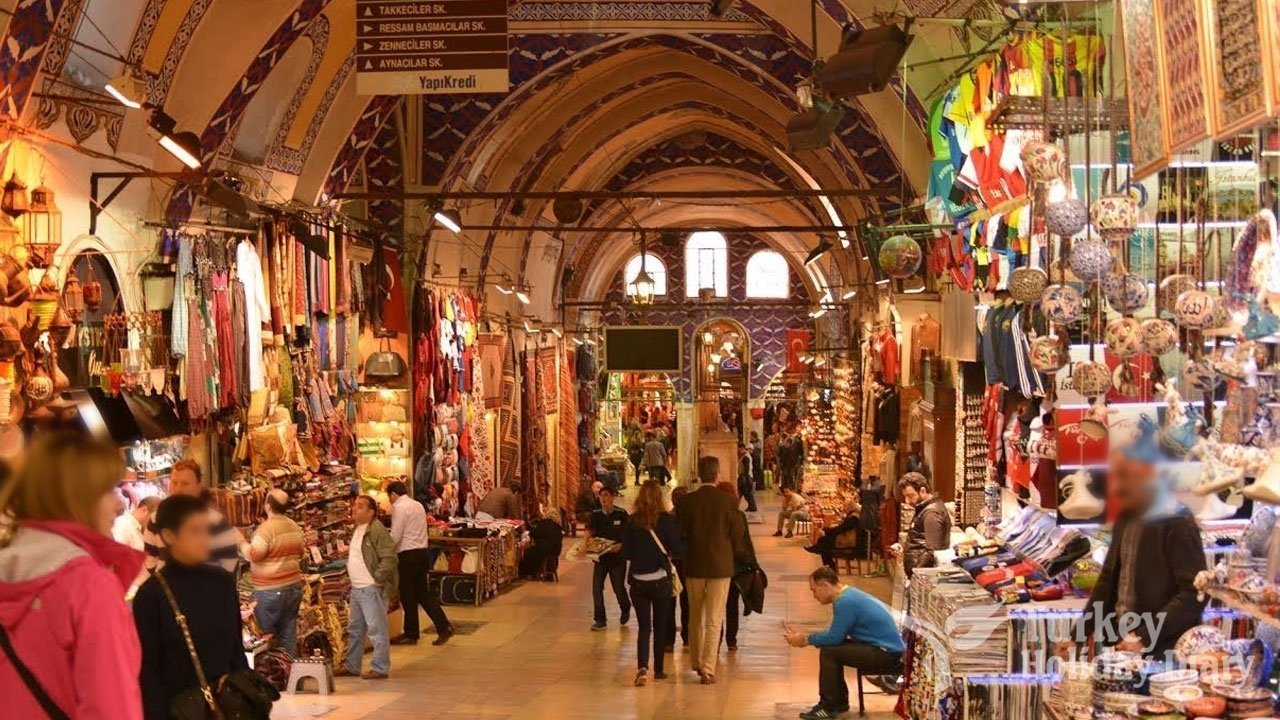
Consisting of over 60 streets, one of the most fun things to do in Istanbul is losing yourself in this maze of retail heaven where you will pass traders selling hand-woven carpets, reams of silk, leather goods, bedspreads, and every spice under the sun. It is also a great place to purchase one of the country’s biggest exports - Turkish delight.
Literally translating as ‘filled-in garden’, the site of Dolmabahce Palace was once an imperial garden which was much-loved by the sultans of the 18th century. The palace itself was built during the 19th century and functioned as the administrative center and residence for the last sultans of the Ottoman Empire. Differing massively in style to the Iznik tile-decorated Topkapi Palace, Dolmabahce Palace is primarily decorated using gold and crystal. The palace is split into three main sections: the administrative apartments, the Ceremonial Hall, and the Imperial Harem. The Ceremonial Hall is where you will find treasures such as the world’s largest Bohemian crystal chandelier and a huge Hereke carpet. Another highlight of the palace is the Crystal Staircase, found in the state apartments, which is constructed of Baccarat crystal, mahogany, and brass.
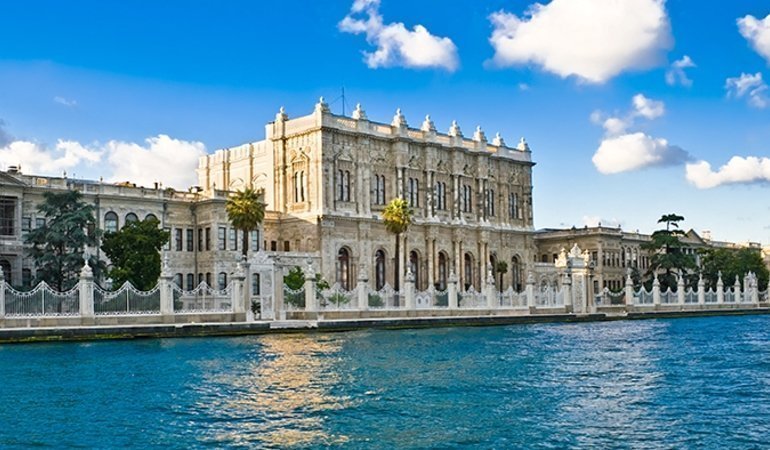
As well as the main palace, there are a number of outer buildings housing the Crown Prince rooms, the imperial kitchen, aviary, clock tower, and pharmacy, among many others.
It is recommended to take a guided tour of Dolmabahce Palace to make the most out of your visit there. If you would also like priority access so you can jump the queues, consider taking the Dolmabahce Palace half-day tour, available through TripsPoint.com
Istanbul may be famous for its history, but that does not mean you should miss out on the modern side of the city. Taksim Square is the best-known center of modern Istanbul and is a popular hang out for locals and tourists alike. It is bursting with shops, bars, restaurants, nightclubs and other entertainment options such as cinemas, as well as being a popular location for hotels.
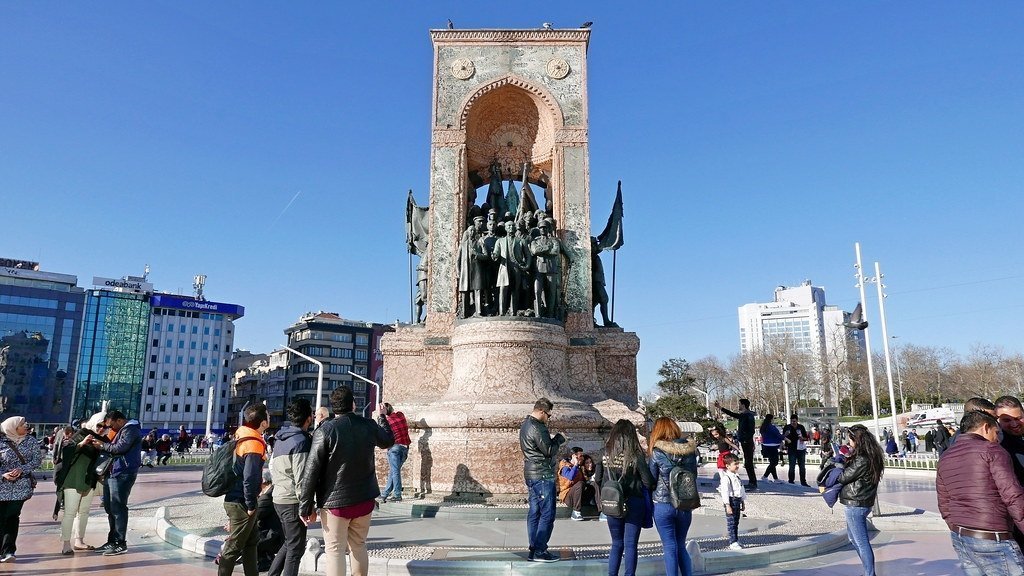
As well as being a center for recreation, there are a number of monuments in and around Taksim Square which are worth a look. Most important is the Republic Monument, which depicts the founders of the Turkish Republic. Leading from Taksim Square is Independence Avenue, one of Turkey’s most famous streets. It is completely pedestrianized and is flanked by stunning 19th and early 20th-century late-Ottoman buildings. Running along the avenue from the square is a nostalgic tram which ends near the Tunnel, the world’s second-oldest underground railway, dating back to 1875.
One of the most overlooked things to do in Istanbul, probably because the city has so many interesting sights to see, a Bosphorus Cruise is nevertheless a fantastic way to spend time in Istanbul. Though there are many types of Bosphorus Cruise, a typical ride will take you to some of the city’s most prominent landmarks along the Bosphorus Strait. These include the Dolmabahce Mosque, Dolmabahce Palace, Ciragan Palace, Ortakoy Mosque, the Rumeli Fortress, and the First Bosphorus Bridge, as well as a whole host of others. While some touts offer Bosphorus Cruises down by the Eminonu docks, these trips can be overpriced, much shorter than official cruises and the boats barely sea-worthy. It is better to book your trip through TripsPoint with a reputable local company prior to departing on your cruise rather than heading to the docks to see what you can find.
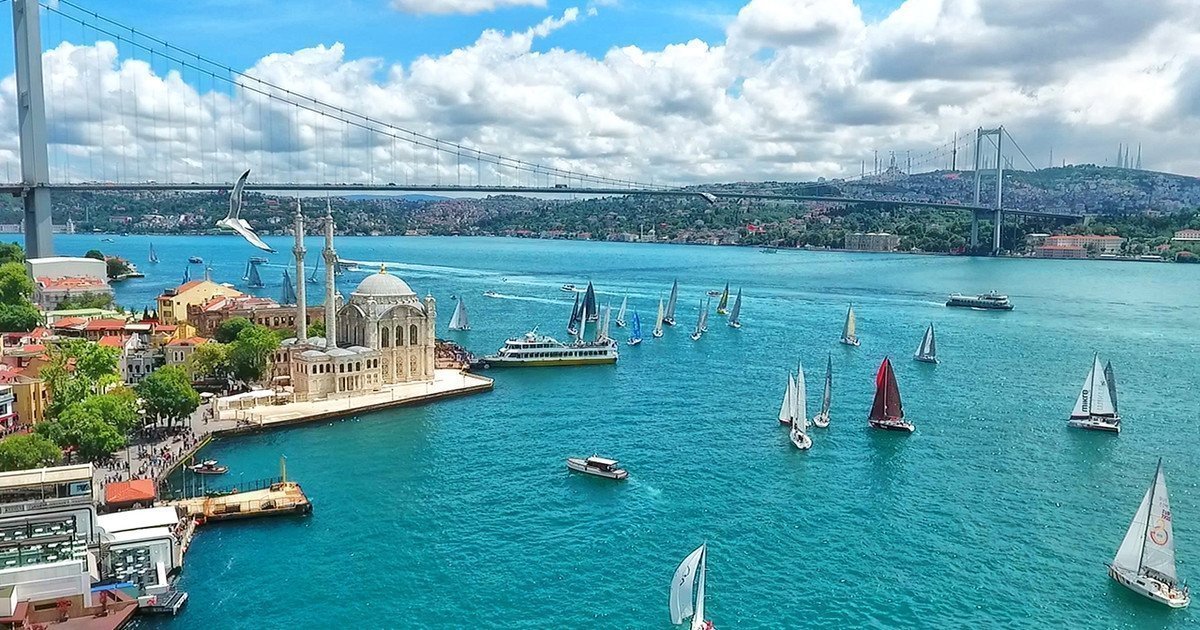
If you would like to enjoy the splendor of Istanbul at night, take the Bosphorus Dinner Cruise, which includes dinner, unlimited drinks, and performances from folk dancers and belly dancers or the Half-Day Tour with the Cable Car & Bosphorus Cruised on TripsPoint.com.
Istanbul is a wonderful city, but sometimes you just need a break from all the hustle and bustle. A great way to do this is by taking a tour of the Princes’ Islands. Located in the Sea of Marmara, these islands were once retreats for Byzantine royalty and are well-known for their natural beauty and lack of motorized transportation. Consisting of nine islands in total, four of them are open to the public. The largest and most popular with tourists is Buyukada; a visit here can see you taking a horse-drawn carriage ride among the pine forests and past wooden mansions and then relaxing on one of the pristine beaches.
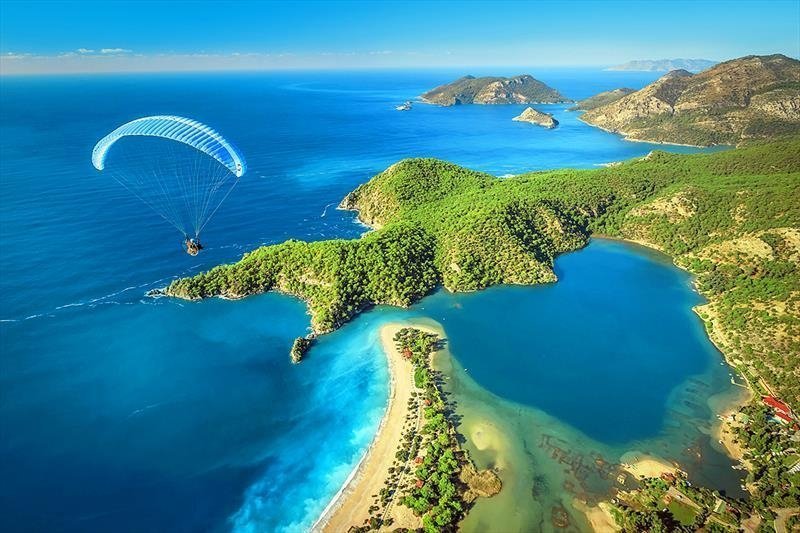
If you are interested in taking the Princes Islands Day Tour, you can book the best one through TripsPoint.com.
A visit to a traditional Turkish bath – known as a hammam – is an essential part of any trip to Istanbul. One of the more relaxing things to do in Istanbul, the word hammam translates as ‘steam bath’ and the practice is strongly connected to the culture of the Ottoman Empire. A traditional hammam consists of spending time in a steam room to soften any dead skin you have before being washed and massaged by an attendant. You will then be rinsed off and dried which completes the experience.
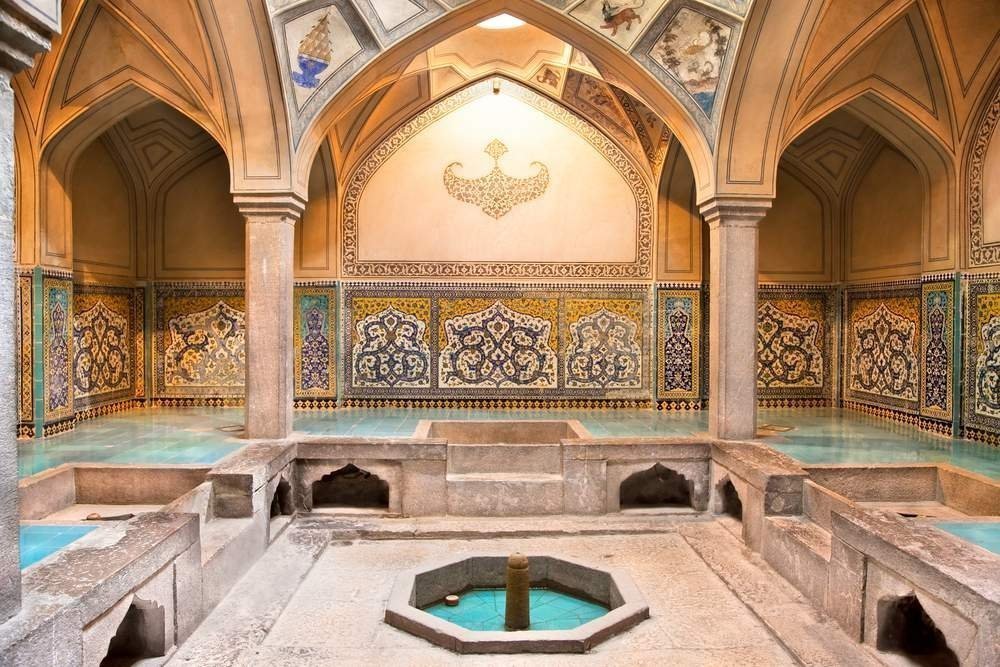
There are many hammams to choose from, from the historical hammams you can find in Sultanahmet to hammams dripping with opulence within the city’s five-star hotels.
Istanbul is an enchanting city filled with wonder, making it a great place to spend a weekend – or even longer. With so many exotic and exciting things to do in Istanbul, you will be surprised why you did not think to travel to this amazing city before.
Recommended tours
Review & Earn Travel Money
At TripsPoint you have endless possibilities to earn TripsPoint Money - this is your Travel Money your can use to book you next tours and activities everywhere you go.
Here's Space For Everyone
New tours